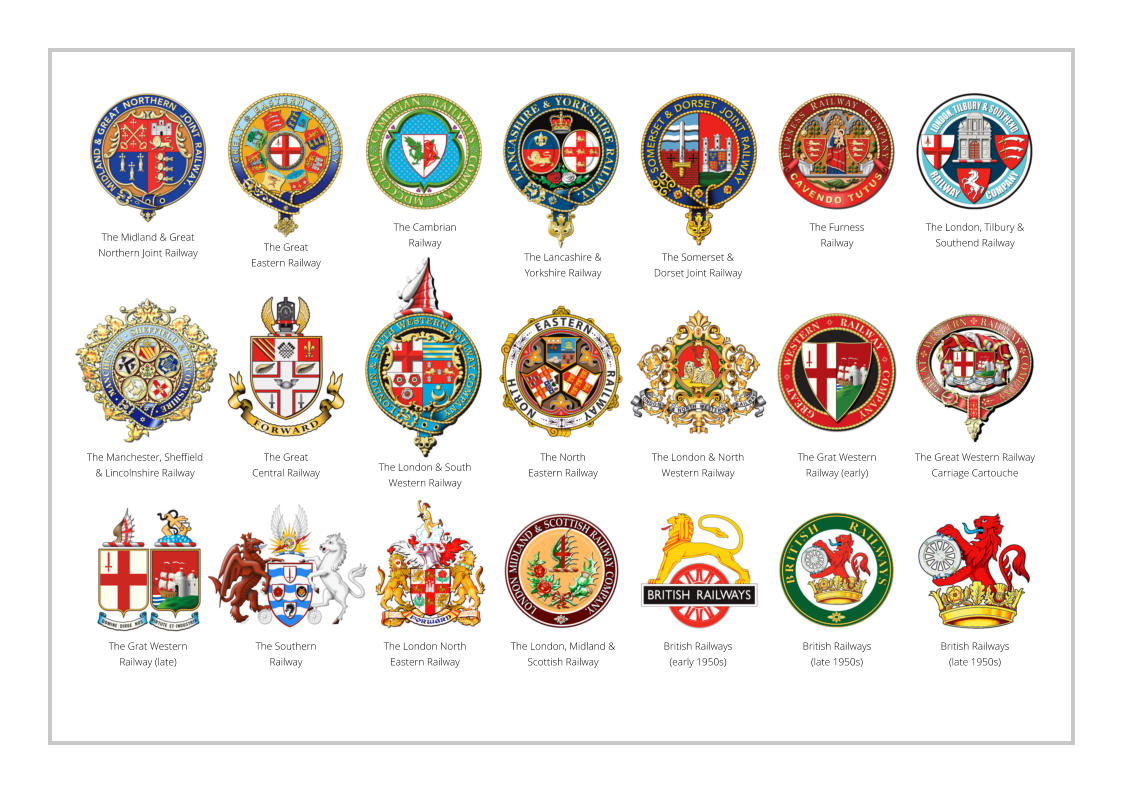
Scroll down to see all the illustrations on the page




Pages








Pages




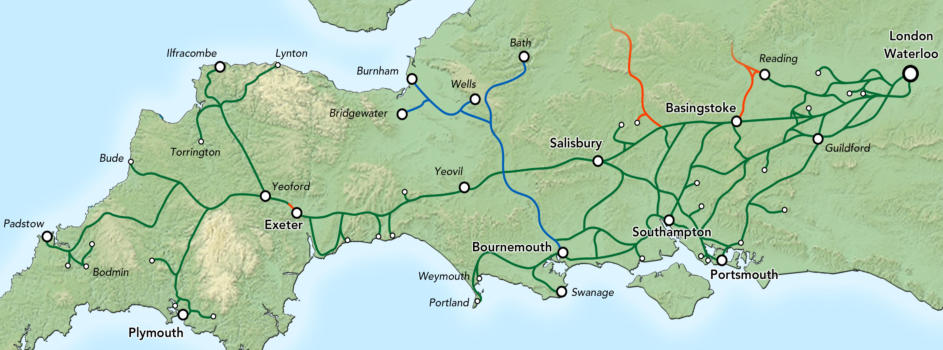
The Furness
Railway
The Furness
Railway
The Great Eastern Railway
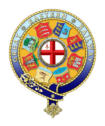
The
Great
Eastern
Railway
was
formed
by
the
amalgamation
of
the
Eastern
Counties
Railways,
the
East
Suffolk
Railway,
the
Eastern
Union
Railway,
the
East
Anglian
Railway
and
the
Norfolk
Railway
Companies
under
the
powers
of
the
1862
Great
Eastern
Railway
Act.
The
new
company's
system
extended
from
London
Liverpool
Street
Station
through
the
North-eastern
suburbs
of
London
to
East
Anglia,
comprising
over
1,000
route
miles
with
many
interests
in
London's
Docklands.
It
did
not
directly
own
any
lines
north
of
the
Wash,
but
did
reach
Doncaster
via
Spalding,
Lincoln
and
Gainsborough
by
a
line
jointly
owned
with
the
Great
Northern
Railway.
This
and
other
lines
gave
the
G.E.R.
a
further
140
miles
of
jointly
owned
track,
while
the
company
would
eventually
take
over
several
other
small
railway
lines
and
end
up
with
1,217
route
miles
and
150
miles
of
joint
railways
by
the
time
of
the
grouping
on
the
1st
January
1923.
The
G.E.R.
served
Cambridge,
Chelmsford,
Colchester,
Great
Yarmouth,
Ipswich,
King's
Lynn,
Lowestoft,
Norwich,
Southend-on-Sea,
and
East
Anglian
seaside
resorts
such
as
Hunstanton
and
Cromer.
It
also
served
a
fairly
large
suburban
area,
including
Enfield,
Chingford,
Loughton
and
Ilford,
this
suburban
network
being
the
busiest
steam
hauled
commuter
system
in
the
world
in
the
early
part
of
the
20th
century.
On
its
inception
Robert
Sinclair
was
appointed
the
Chief
Mechanical
Engineer
of
the
G.E.R.
in
1862,
followed
by
Samuel
Johnson
(1866-73),
William
Adams
(1873-78),
Massey
Bromley
(1878-81),
William
Worsdell
(1881-85),
James
Holden
(1885-1907),
Stephen
Holden,
(1908-
12),
and
Alfred
John
Hill
(1912-22),
with
Johnson,
Adams
and
Worsdell
going
on
to
have
successful
careers
with
the
Midland
Railway,
London
and
South
Western
Railway,
and
the
North
Eastern
Railway
respectively.
After
Massey
Bromleys
short
tenure
as
Chief
Mechanical
Engineer,
the
majority
of
the
company’s
locomotives
and
rolling
stock
were
built
at
the
company’s
Stratford
Works
in
North
London.
The
G.E.R.
had
a
near
monopoly
in
East
Anglia,
although
the
opening
of
the
Midland
and
Great
Northern
Joint
Railway
in
1893
encroached
on
their
territory
which
provided
access
from
the
Midlands
to
North
Norfolk
and
Great
Yarmouth. On the grouping in 1923 the G.E.R. became a major part of the L.N.E.R.
The Lancashire & Yorkshire Railway
The
Lancashire
and
Yorkshire
Railway
came
into
existence
by
the
amalgamation
of
several
existing
railways
in
1947.
The
L
&
Y
system
consisted
of
many
branch
lines
and
alternative
routes,
and
for
working
purposes
the
railway
was
split
into
three
working
areas.
The
Western
Division
served
the
lines
between
Manchester
to
Blackpool
and
Fleetwood,
Manchester
to
Bolton,
Wigan,
Southport
and
Liverpool.
The
Central
Division
was
responsible
for
the
traffic
from
Manchester
to
Oldham,
Bury,
Rochdale,
Todmorden,
Accrington,
Burnley,
Colne,
and
the
connection
to
the
L.N.W.R.
at
Stockport
for
through
traffic
to
London,
while
the
Eastern
Division
which
was
responsible
for
the
lines
from
Todmorden
to
Halifax,
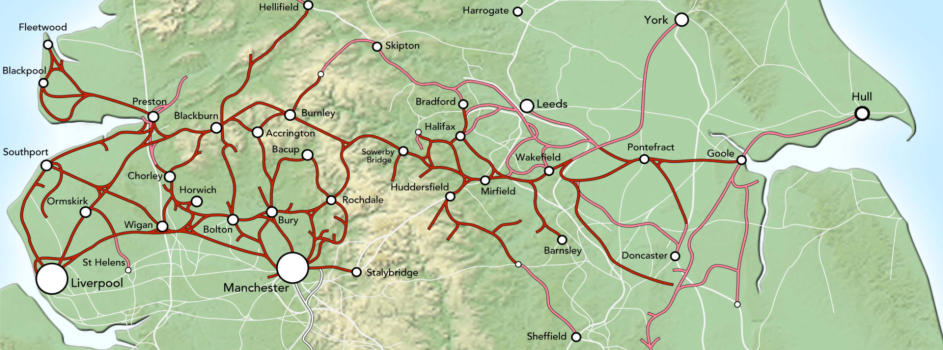

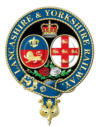
Bradford,
Huddersfield,
Wakefield,
Normanton,
Goole,
Leeds
and
Doncaster.The
L
&
Y
was
by
far
the
most
heavily
trafficked
system
in
the
British
Isles
which
was
reflected
in
the
1,650
locomotives
the
company
owned,
while
no
two
adjacent
stations
were
more
than
5½
miles
apart,
and
at
its
height
there
were
over
1,900
weekday
passenger
services,
a
number
only
exceeded
by
the
London
and
North
Western,
the
Great
Western
and
Midland
Railway
companies.
They
were
also
the
first
mainline
railway
to
introduce
electrification
of
some
of
its
lines
and
became
the
biggest
shipowner
than
any
other
British
railway
company
with
steamboat
services
across
the
Irish
Sea
and
North
Sea.
It
had
a
very
close
working
relationship
with
the
London
and
North
Western
Railway
and
amalgamated
with
them
on
the
1st
January
1922,
while
one
year
later
the
merged
company
became
the largest constituent of the London, Midland and Scottish Railway.
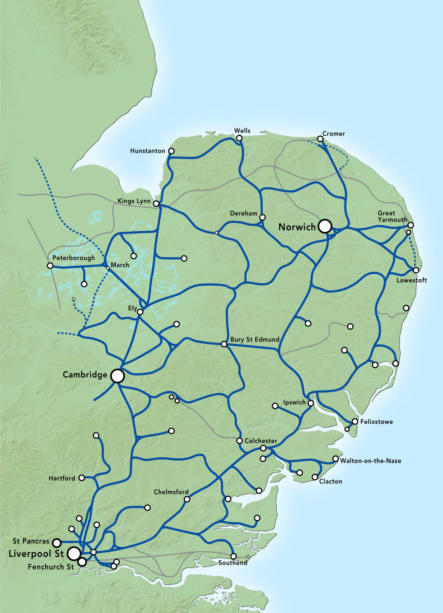

Cambrian Railways
The
Cambrian
Railways
Company
was
created
on
the
25th
July
1864
when
the
Cambrian
Railways
Act
received
Royal
Assent
for
the
amalgamation
of
most
of
the
existing
railway
companies
in
Mid
Wales.
These
were
the
Oswestry
and
Newtown
Railway,
the
Llanidloes
and
Newtown
Railway,
the
Newtown
and
Machynlleth
Railway
and
the
Oswestry,
Ellesmere
and
Whitchurch
Railway,
which
between
them
operated
just
under
100
miles
of
mainline
track.
The
Aberystwith
and
Welsh
Coast
Railway
was
not
included
in
the
amalgamation
as
it
was
still
under
construction,
but
soon
added
a
further
53
miles
of
main
line
to
the
company
when
they
opened.
The
Cambrian
negotiated
agreements
to
share
traffic
with
the
Mid-
Wales
Railway,
the
Manchester
and
Milford
Railway
and
the
Great
Western
Railway,
allowing
it
to
control
the
transportation
of
goods
and
passengers
across
mid
Wales.
Little
by
little
the
Cambrian
began
to
expand.
In
April
1888
they
took
over
the
working
of
the
independent
Mid
Wales
Railway
from
Llanidloes
to
Talyllyn
Junction,
which
was
finally
amalgamated
in
July
1904,
while
the
final
additions
to
the
system
were
the
Nantmawr
branch
(1881),
the
Wrexham
&
Ellesmere
Railway
(1895),
the
Van
Railway
(1896),
and
the
Tanat
Valley
Light
Railway
(1921).
The
Mawddwy
Railway
was
also
reopened
by
the
Cambrian
in
1910,
having
originally
opened
in
October
1867
but
had
closed
soon
after.
The
final
companies
to
be
amalgamated
were
the
narrow
gauge
Vale
of
Rheidol
(1903)
and
the
Welshpool
&
Llanfair
railways (1913), giving the company a mainline route system of nearly 300 miles.
The
headquarters
for
the
company
was
at
Oswestry,
where
works
were
constructed
in
1864
for
the
building
and
maintenance
of
rolling
stock.
The
locomotives
for
the
Cambrian
were
purchased
from
outside
suppliers,
such
as
Sharp
Stewart
and
Company
in
Manchester,
the
maintenance,
modifications
and
repairs
being
carried
out
at
Oswestry,
although
two
4-4-0
tender
engines
of
a
Sharp
Stewart
design
were
built
in
their
workshops
in
the
early
1900s.
Cambrian
Railways
had
94
standard
gauge
and
five
narrow
gauge
engines
when
it
became
part
of
the
Great
Western
Railway
on
the
grouping
in
1923.
Oswestry
works
was
retained
by
the
G.W.R.
as
a
regional
carriage
and
wagon
works,
and
locomotive
repair
shop,
although
heavy overhaul was then carried out at Swindon.
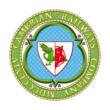
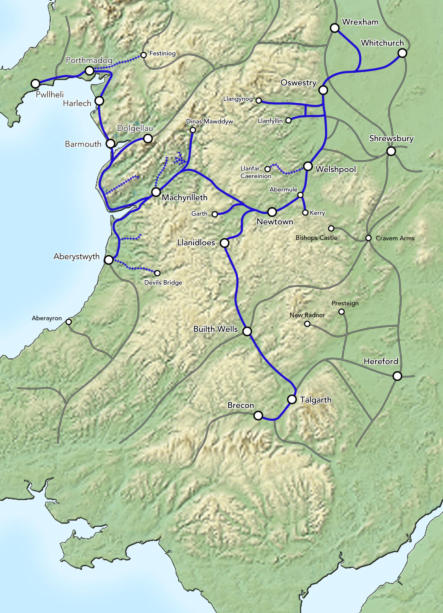

The Furness Railway
In
1843
a
scheme
was
announced
for
a
railway
link
between
Ulverston,
the
main
town
of
the
Furness
district,
and
the
iron
ore
mines
at
Dalton-in-Furness
and
the
slate
mines
at
Kirkby-
in-Furness
with
the
coast
at
Barrow.
The
line
was
principally
financed
by
the
major
mine
and
land
owners
of
the
area,
and
intended
for
the
transportation
of
slate
and
iron
ore
to
the
developing
harbour
at
Barrow,
from
where
it
could
be
shipped
further
afield
or
used
in
the
local
iron
works.
The
Act
of
Parliament
for
the
line
was
passed
on
the
23rd
May
1844
when
the
Furness
Railway
came
into
existence,
while
a
further
Act
in
1846
authorised
an
extension
of
the
line
from
Kirkby
to
Broughton-in-Furness,
and
from
Dalton
to
Ulverston.
The
line
opened
in
August
1846
for
mineral
traffic,
and
to
passengers
in
December
between
Dalton
and
Piel
pier,
where
it
connected
with
a
steamer
to
Fleetwood
on
the
other
side
of
Morecombe
Bay.
Meanwhile
the
Whitehaven
and
Furness
Junction
Railway
was
completed
in
late
1851,
allowing
the
Furness
Railway
to
reach
Whitehaven,
and
from
the
following
year
the
West
Coast
Main
Line
at
Carlisle.
In
1865
the
W.
&
F.J.R.
was
leased
to
the
Furness
Railway,
and amalgamated the following year.
In
August
1857
the
Ulverston
and
Lancaster
Railway
was
opened
which
linked
Ulverston
and
Carnforth
where
it
connected
with
the
Lancaster
and
Carlisle
Railway
on
the
West
Coast
Main
Line.
The
line
was
run
by
the
Furness
Railway
who
purchased
it
outright
in
1862.
Other
lines
that
made
up
the
system
were
the
Coniston
Railway
which
joined
the
Furness
Railway
at
Broughton.
This
was
opened
in
1859
to
transport
copper
ore
to
Barrow
and
was
amalgamated
with
in
1862.
In
1867
the
Hincaster
Branch
from
Arnside
to
the
Lancaster
and
Carlisle
line
at
Hincaster
was
opened.
Another
branch
from
Ulverston
to
Lake
Side
was
opened
in
1869,
this
was
partly
owned
by
the
Furness
Railway
who
took
full
control
in
1873.
In
the
1870s
The
Whitehaven,
Cleator
and
Egremont
Railway,
along
with
the
new
Cleator
and
Workington
Junction
Railway,
both
mainly
mineral
lines,
were
worked
jointly
by
the
F.R.
and
the
L.N.W.R.,
while
the
Furness
and
Midland
Joint
Railway
connected
to
the
Midland
Railway
network
at
Wennington.
The
Furness
Railway
was
one
of
the
first
to
promote
tourism,
and
remained independent until December 1922 when it became part of the L.M.S.
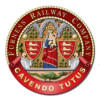
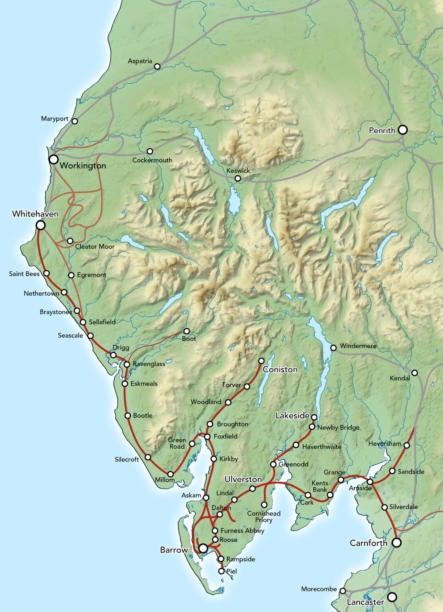

The London & South Western Railway
The
London
&
South
Western
Railway
began
life
as
the
London
&
Southampton
Railway
when
it
was
incorporated
by
an
Act
of
Parliament
in
July
1834.
The
line
opened
in
stages
between
September
1838
and
May
1840,
and
on
its
inauguration
the
company
name
was
changed
to
the
London
&
South
Western
Railway,
often
shortened
to
the
South
Western
Railway.
They
were
the
main
rivals
of
the
Great
Western
Railway
for
traffic
in
the
South
West,
with
their
network
ultimately
extending
from
London
to
Plymouth
via
Yeovil,
Exeter
and
Okehampton,
with
branches
to
Barnstaple,
Ilfracombe,
Torrington,
Bude,
Padstow
and
Wadebridge.
Bournemouth
and
Weymouth
were
also
reached
via
Basingstoke,
Winchester
and
Southampton,
while
branch
lines
were
built
to
connect
with
such
places
as
Portsmouth
and
Reading.
In
1875
agreement
was
reached
with
the
Midland
Railway
for
the
joint
operation
of
the
Somerset
and
Dorset
Joint
Railway
when
the
original
company
went
into
receivership,
while
the
L.S.W.R.
obtained
running
powers
in
several
other
areas.
Among
the
significant
achievements
of
the
company
was
the
electrification
of
the
London
suburban
lines,
the
introduction
of
power
signalling,
the
development
of
Southampton
Docks,
and
the
rebuilding
of
Waterloo
Station
in
the
early
1900s.
Another
achievement
was
the
handling
of
massive
amounts
of
traffic
and
material
during
the
First
World
War.
After
the
1921
Railways
Act
was
passed,
the
London
&
South
Western
Railway
was
largest
constituent
company
of
the
newly
formed
Southern
Railway which came into existence on the 1st January 1923.
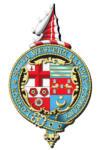

The London, Tilbury & Southend Railway
The
London,
Tilbury
&
Southend
Railway
was
a
joint
proposal
by
the
Eastern
Counties
Railway
and
the
London
&
Blackwall
Railway,
for
a
line
from
the
E.C.R.
Colchester
route
north
of
Forest
Gate
station
to
Southend.
The
railway
was
authorised
in
1852,
with
the
first
section
being
opened
in
1854
with
trains
being
operated
from
both
the
E.C.R.
Bishopsgate
terminus
for
a
short
time
and
the
L.&.B.R.
Fenchurch
Street.
The
working
of
the
line
was
given
to
Peto,
Brassey
and
Betts
(the
builders
of
the
line)
on
a
21
year
lease,
trains
and
rolling
stock
being
supplied
by
the
E.C.R.
While
they
ran
the
railway
there
was
very
little
investment
in
the
line,
and
at
a
special
meeting
for
shareholders
in
December
1861
it
was
agreed
that
the
company
should
become
fully
independent.
This
was
approved
by
parliament
the
following
year
and
came
into
effect
in
July
1875.
The
G.E.R.
supplied
the
locomotives
and
rolling
stock
until
1880,
when
the
first
L.T.&.S.R.
locomotives
were
delivered
from
Sharp,
Stewart
&
Co.
Besides
the
line
to
Fenchurch
Street
station
there
was
also
a
connection
via
the
Romford
branch
to
the
Great
Eastern's
main
terminus
at
Liverpool
Street,
while
a
third
connected
to
the
Midland
Railway
St.
Pancras
station.
The
company
was
efficient
and
financially
successful,
but
by
1911
it
was
clear
that
it
could
no
longer
remain
independent.
There
were
only
two
companies
in
a
position
to
take
over
the
line,
but
it
was
the
Midland
Railway
who
put
forward
the
best
offer
to
the
shareholders
from
under
the
noses
of
the
Great
Eastern
Railway.
As
part
of
the
Midland
Railway
the
line
was
operated
by
the
L.M.S.
after
the
1923
grouping.
The
railway
suffered
badly
during
the
Second
World
War,
and
like
the
rest
of
the
railways
had
become
rundown
due
to
lack
of
maintenance
during
the
war.
As
a
result
the
four
main
railway
companies
were
nationalised
in
1948
to
form
British
Railways.
By
the
late
1950's
it
became
increasingly
apparent
that
electrification
was
a
necessary
step,
and
in
November
1961
the
first
electric
train
entered
service,
with
the
last
steam
train
being
withdrawn
in
June
1962.
Throughout
its
career
the
L.T.
&
S.R.
lines
have
remained
virtually
intact,
and
today
operate
intensive
commuter
and
freight
services.
The
most
recent
changes
have
been
the
privatisation
of
the
railways
in
1997,
with
the
Essex
Thameside
railway
franchise
going
to
LTS
(now
C2C)
and
the
introduction of brand new trains.



The Furness
Railway
Midland & Great Northern Joint Railway
The
first
lines
of
what
would
become
the
Midland
and
Great
Northern
Railway
was
the
Norwich
&
Spalding
Railway
which
was
opened
to
Sutton
Bridge
in
1862,
and
in
reality
a
Great
Northern
Railway
branch
line.
The
Peterborough,
Wisbech
and
Sutton
Bridge
Railway
was
opened
soon
after,
this
time
a
very
Midland
Railway
affair,
followed
by
the
Lynn
&
Sutton
Bridge
Railway
in
1864,
and
the
Spalding
&
Bourne
Railway
in
1866.
In
the
east
the
the
Lynn
and
Fakenham
and
the
Great
Yarmouth
and
Stalham
were
promoted
and
given
assent
to
proceed,
with
work
started
at
Yarmouth
in
1876
and
King’s
Lynn
in
1878,
and
after
G.E.R.
obstructive
tactics,
the
Yarmouth
&
North
Norfolk
Railway
(the
G.Y.
&
S.
had
been
renamed
the
previous
year),
reached
North
Walsham
in
1881.
The
L.
&
F.
R.
reached
Norwich
in
1882,
and
on
the
1st
January
1883
the
Eastern
&
Midlands
Railway
was
formed
which
comprised
all
the
lines
east
and
west
of
King’s
Lynn.
After
an
avoiding
line
was
built
around
Lynn
in
1886
an
independent
line
from
the
Midlands
to
the
East
Coast
was
achieved.
A
branch
to
Cromer
was
completed
in
1887
which
soon
became
a
fashionably
holiday
resort.
In
1893
the
Midland
and
G.N.R.
jointly
took
over
the
E.
&
M.R.
which
became
the
Midland
and
Great
Northern
Joint
Railway,
the
largest
joint
railway
in
the
U.K.
In
1898
the
Mundesley
branch
was
opened
from
North
Walsham
to
Cromer
in
an
attempt
to
develop
the
Norfolk
coast
further,
while
the
headquarters
of
the
line
was
at
Melton
Constable
which
became
a
mini
Swindon.
The
M.
&
G.N.J.R.
remained
independent
after
the
grouping
in
1923,
being
jointly
run
by
the
L.M.S.
and
the
L.N.E.R.
In
1936
the
L.N.E.R.
took
over
full
responsibility
for
the
line
and
soon
closed
the
works
at
Melton
Constable,
with
all
maintenance
and
repairs
being
transferred
to
Stratford.
Patronage
of
the
line
declined
in
the
1950’s,
and
in
1959
closure
of
many
parts
of
the
line
began,
while
the
Beeching
Report
sounded
the
end
for
what
remained.
One
section
of
the
M.
&
G.N.R.
survives
between
Sheringham
and Holt, and is now run as a heritage line.



